by Lisa Cooke | Nov 29, 2013 | 01 What's New, Gifts
This year I’m offering three great Holiday Bundles, available for 4 days only–through Cyber Monday (12/2/2013). Check out these extra-special genealogy gift ideas–for yourself, a loved one, or as separate gifts for more loved ones.

The eBook Bundle. Get a copy of each of my books in e-book format: How to Find Your Family History in Newspapers, Turn Your iPad into a Genealogy Powerhouse, The Genealogist’s Google Toolbox and Genealogy Gems: Ultimate Research Strategies.
Bundle price of $29.95
Over 40% off the retail price of $50.80!

The Print Book Bundle. Prefer print? Get all 4 of my books in paperback instead of ebook format: How to Find Your Family History in Newspapers, Turn Your iPad into a Genealogy Powerhouse, The Genealogist’s Google Toolbox and Genealogy Gems: Ultimate Research Strategies.
Bundle Price: $49.95
Over 40% off the retail price of $84.80!
 Premium + NEW EXCLUSIVE BONUS EBOOK!
Premium + NEW EXCLUSIVE BONUS EBOOK!
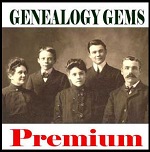 Whether you are subscribing for the first time or want to add an extra year
Whether you are subscribing for the first time or want to add an extra year
to your existing Genealogy Gems Membership, this is the sale for you!
Premium members get so much more than most people realize!
The 1 year subscription provides access to:
- Over 100 exclusive Genealogy Gems Premium podcast episodes!
- Over a dozen of my most popular classes on video!
- The brand new video mini series: Get Started with Evernote!
- Genealogy Gems Newsletter Archive full of tips!
A bargain at $29.95. But this special also gives you a special FREE BONUS Gift: Lisa Louise Cooke’s 67 Best Tips, Tricks and Tools from Family Tree Magazine ebook (Retail value: $15.97)
Are you currently a Member? You can still take advantage of this offer – the extra year will be added to the end of your current membership, extending your expiration date by one year. You won’t miss a day’s worth!
This EXCLUSIVE ebook is a compilation of Lisa’s most popular articles from the pages of Family Tree Magazine. It’s 23 pages filled with innovative, usable ideas to help your research:
- Family History Freebies – 41 Genealogy Goodies
- On Assignment – How to conduct an effective family interview
- Undercover Genealogy– 10 investigative strategies to locate living relatives
- Using the David Rumsey Map Collection – How to access over 45,000 free digitized maps!
- Finding Newspapers Through Journalism’s Voyage West – A step-by-step guide.
- Organizing Your Hard Drive – Seven steps to organizing your computer files.
Happy shopping! And don’t delay – this sale ends on Cyber Monday December 2, 2013 at midnight PST.
Disclosure: This article contains affiliate links and Genealogy Gems will be compensated if you make a purchase after clicking on these links (at no additional cost to you). Thank you for supporting Genealogy Gems!
by Lisa Cooke | Nov 28, 2013 | 01 What's New, Collaborate, Inspiration, Publishing
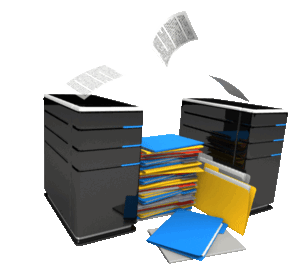 One of the most important things we do as genealogists is share! We share research findings, family stories, trees, heirloom photos and more. These days, sharing online is often the way to go. It’s fast, it’s relatively organized, it gets things into the hands of those who want them and (often) it’s free!
One of the most important things we do as genealogists is share! We share research findings, family stories, trees, heirloom photos and more. These days, sharing online is often the way to go. It’s fast, it’s relatively organized, it gets things into the hands of those who want them and (often) it’s free!
To wrap this series of blog posts on collaborating, I offer 4 ways to share genealogy online (in addition to Dropbox and Evernote, which we discussed in previous posts).
1. Attach scanned documents, photos and stories to your online tree. Whether you keep a tree at MyHeritage, Ancestry, FamilySearch or another site, beef it up with everything you have. That only enriches the body of knowledge out there and gives others a leg up on the next bit of research. You can also include links to applicable notes in Evernote.
2. Post gravestone photos and other burial information at online cemetery sites. BillionGraves and Find A Grave are the two big ones, of course. These sites provide searchability and a platform for collaboration between descendants.
3. Post meaty queries that show what you know and what your questions are. RootsWeb and USGenWeb are two enormous sites, organized by location and topic, where you can post questions about people, places and more. Check out this page on how to write a good query and this Cyndi’s List portal to various message boards. TIP: Remember to include all important related keywords, name and location spellings, and dates in your messages so they are easily found by your long lost cousins using Google!
4. Publish your research. Genealogy newsletters, magazines and journals of all levels (from the local to the national and beyond) want your well-researched, well-written research. What’s a chunk of research you could share? Look for publications that are indexed in PERSI, the Periodical Source Index, because other genealogists are most likely to find your work when it’s indexed there. Of course, family history websites, blogs and books are all great ways to publish your research, too. Just get it out there!
As the online genealogy community continues to grow, our opportunities to grow bigger, better family trees also grow. So my question to you is: What do you have to share? And have you begun?
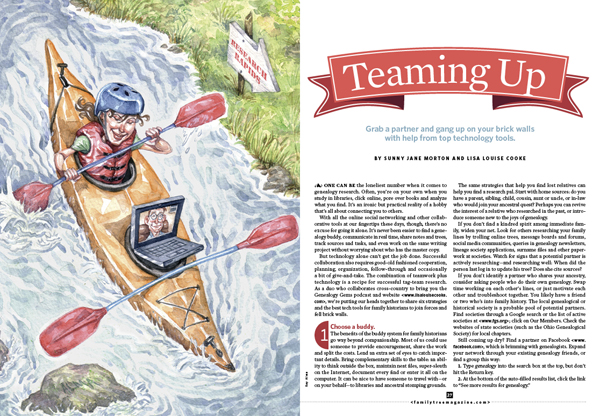
Check out the magazine article that inspired this series of posts on collaborating. It’s “Teaming Up,” and it appears in the December 2013 issue of Family Tree Magazine. Sharing genealogy files is just one topic we cover. The article itself was a cross-country collaboration between myself and Genealogy Gems Contributing Editor Sunny Morton. To write it, we relied on a lot of the same tips and tools we recommend!
Finally, check out my previous blog posts in this mini-series on collaboration:
Tips for Collaborative Genealogy: Research with a Partner
Tips for Collaborative Genealogy: Dropbox for Genealogists
Tips for Collaborative Genealogy: Evernote for Genealogists
by Lisa Cooke | Nov 27, 2013 | 01 What's New, History, Newspaper
We just celebrated the 150th anniversary of President Abraham Lincoln’s now famous speech at the dedication of the Gettysburg Cemetery, a national
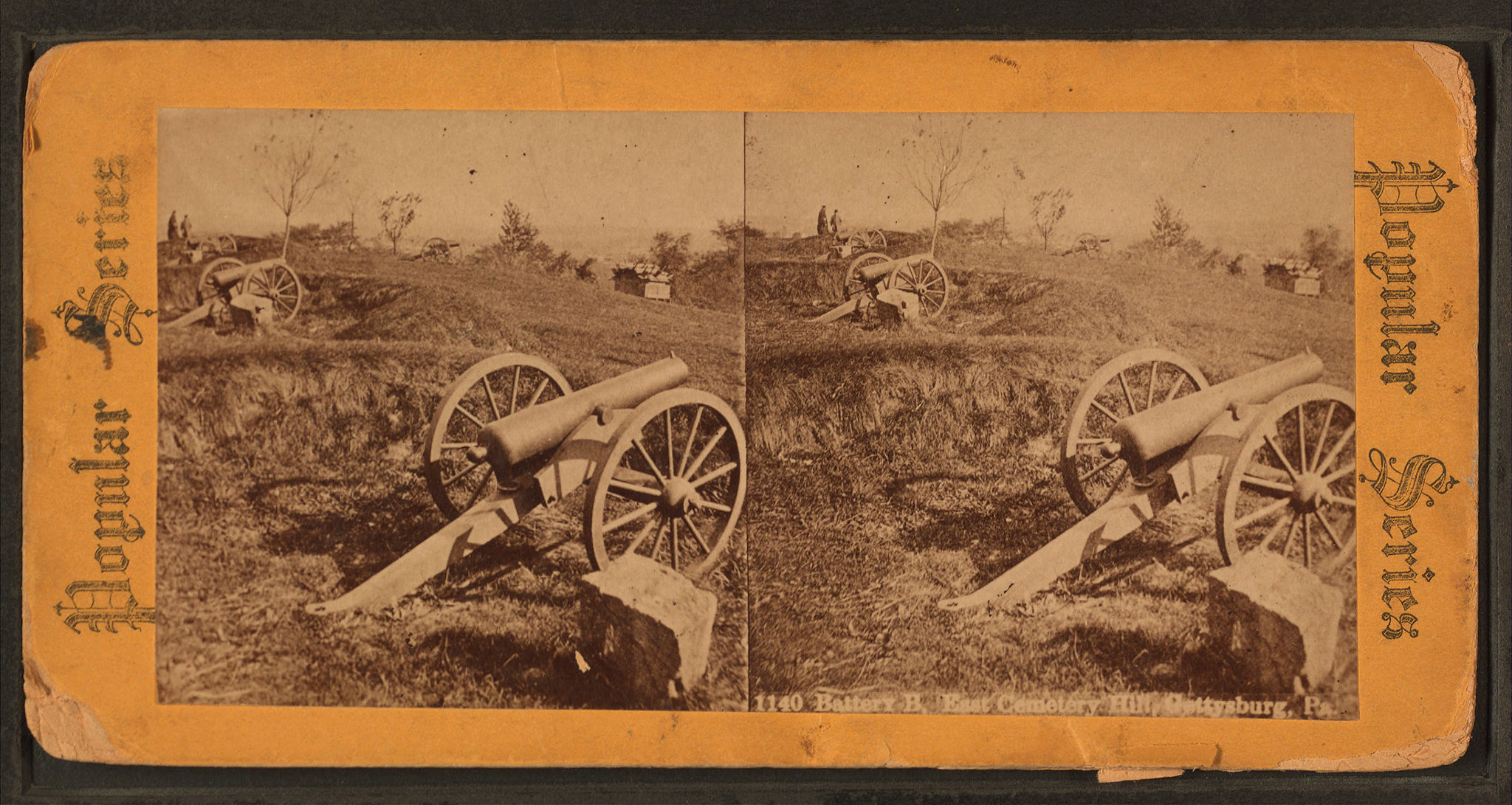
Battery B, East Cemetery Hill, Gettysburg, Pa, from Robert N. Dennis collection of stereoscopic views. Wikimedia Commons Image.
cemetery created at the site of one of the bloodiest battles of the Civil War.
Presidents give a lot of speeches–and most are never remembered. But the Gettysburg Address, as it came to be known, was immediately appreciated as something special. The press described it as “a perfect gem…unexpected in its verbal perfection and beauty.”
150 years ago today The Caledonian newspaper reprinted the entire speech. (Don’t stop there: you can read high-resolution digital versions of all five of Lincoln’s handwritten copies of the address and learn all kinds of things about the Address at the Google Cultural Institute.
The Gettysburg Address is part of the genealogy of every American whose ancestors lived through the Civil War. Few were unaffected by the War, whether they lived in the North, South or further West. Certainly its tensions and outcomes shaped the nation’s economy, social mores and more for decades to come.
Life-shaping battles and other events–and responses to them like the Gettysburg Address–appear in newspapers. That’s why I love teaching genealogists about using newspapers, and why I wrote the book How to Find Your Family History in Newspapers. The “daily news” of the past tells us what people were doing and saying and why.
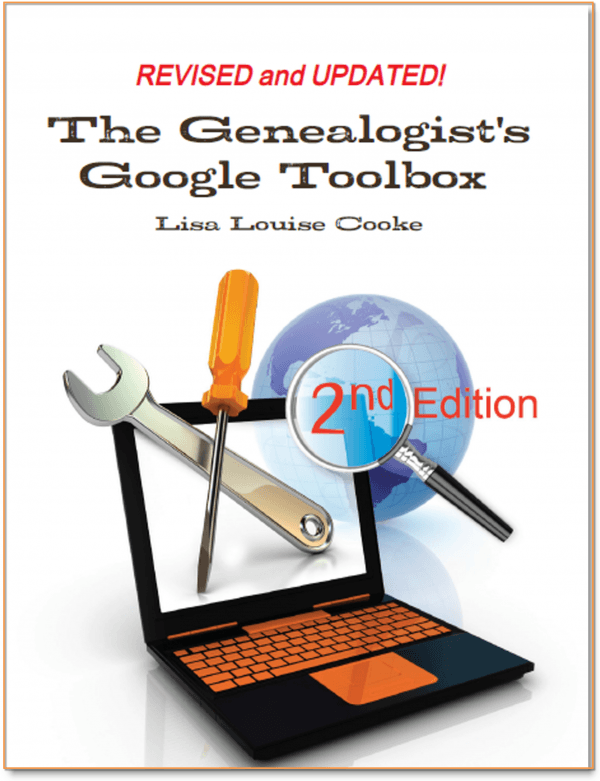 If you’re wondering what the Google Cultural Institute (GCI) is, you’re not alone. It’s a less-heralded but really important part of what Google offers. The GCI is a Google effort launched in 2011 to “make important cultural material available and accessible to everyone and to digitally preserve it to educate and inspire future generations.” (From GCI FAQ.) As of mid-2013, over 6 million photos, videos and documents are on the site, including all kinds of international cultural materials. If you haven’t explored the many Google tools helpful to genealogists, I suggest you read my book The Genealogist’s Google Toolbox. Either of these books will make a great holiday gift to yourself–and your research!
If you’re wondering what the Google Cultural Institute (GCI) is, you’re not alone. It’s a less-heralded but really important part of what Google offers. The GCI is a Google effort launched in 2011 to “make important cultural material available and accessible to everyone and to digitally preserve it to educate and inspire future generations.” (From GCI FAQ.) As of mid-2013, over 6 million photos, videos and documents are on the site, including all kinds of international cultural materials. If you haven’t explored the many Google tools helpful to genealogists, I suggest you read my book The Genealogist’s Google Toolbox. Either of these books will make a great holiday gift to yourself–and your research!
by Lisa Cooke | Nov 27, 2013 | 01 What's New, Gifts, Holidays, Video
The last post in this year’s series of genealogy gift ideas is all about FUN. Laugh and cry with these great entertainment options:
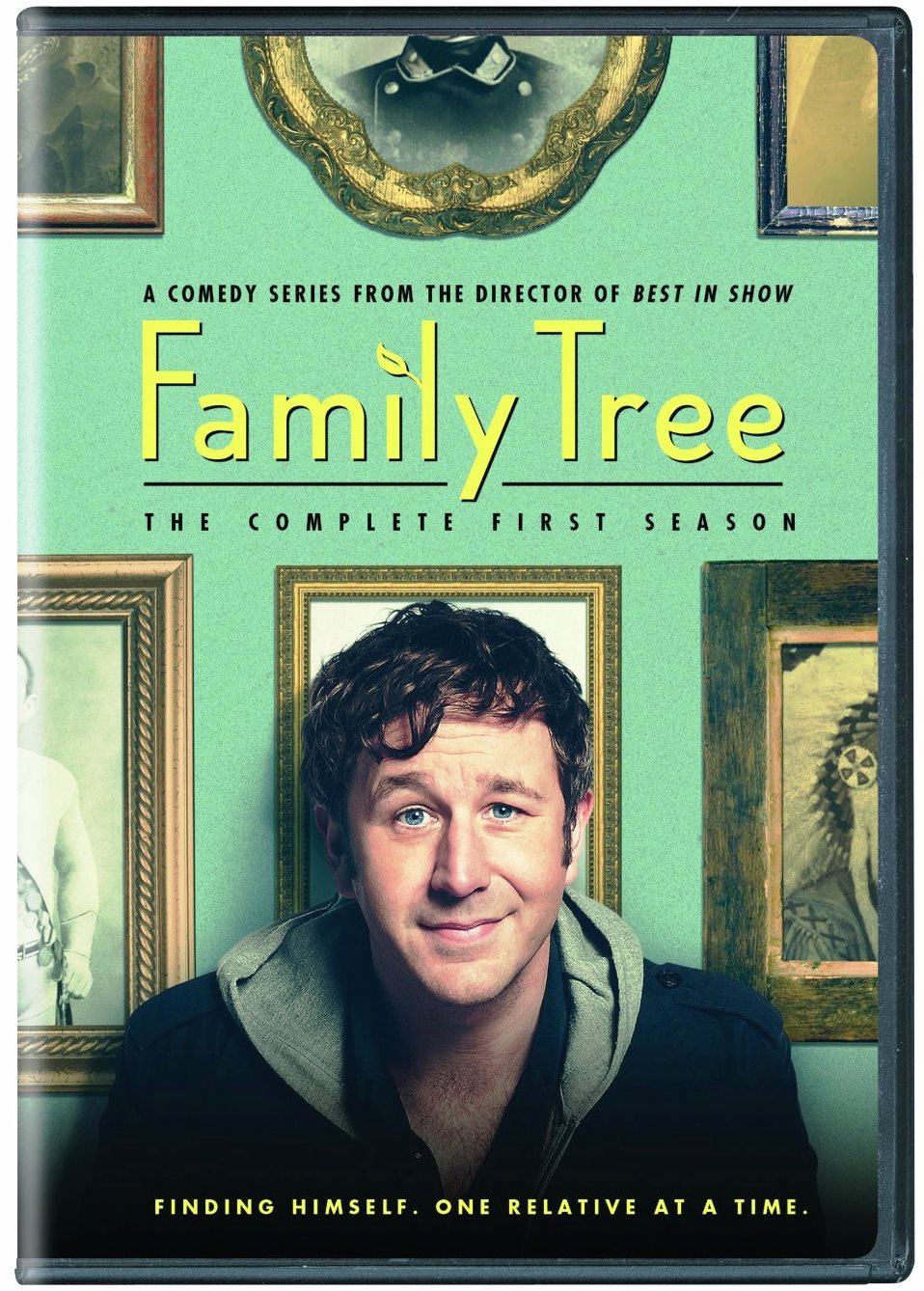
Family Tree: The Complete First Season (DVD)
This series is brilliantly funny! I loved it! It pokes a bit of fun at genealogists (so get ready to smile at yourself) while capturing what’s in the family historian’s heart. Anyone who loves family history (or has a quirky family or just likes good comedy) will really enjoy this series.
This genealogy-themed TV show isn’t a research-the-celebrity format. In fact, the fiction of it makes it even more fun. Here’s a plot summary:”Written and created by Christopher Guest, Family Tree is a documentary-style comedy series conceived and produced in the manner of Guest’s feature films. The story revolves around the journey of the 30-year-old Tom Chadwick (Chris O’Dowd), an Englishman in his 30s who has few roots, little family, and a somewhat unsure sense of his purpose in life. Having recently lost his job and girlfriend, Tom inherits a mysterious box of belongings from a great-aunt he never met, triggering a passion to investigate his family lineage. As Tom’s interest in genealogy grows, his life expands and evolves in unexpected directions, as he uncovers a world of unusual stories and characters in the U.K. and the U.S., as well a growing sense of who he is and who his real family are.”
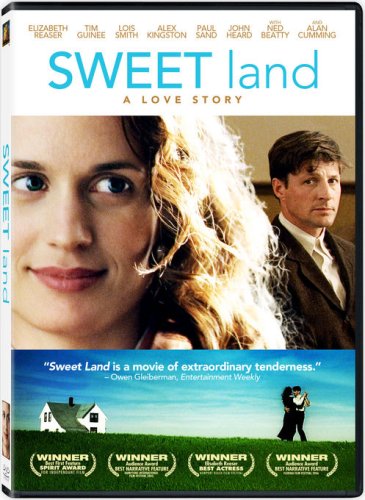
Sweet Land: A Love Story (DVD)
(DVD)
This film has a great story of love and immigration in the early 20th century. I had the director on the podcast previously (Episode 30).
Here’s the plot summary: “Inge (Elizabeth Reaser) is a feisty German mail-order bride who has come to Minnesota to marry Olaf (Tim Guinee), a young Norwegian immigrant farmer of few words. But in a post-WWI, anti-German climate, the local minister (John Heard) openly forbids the marriage. Inge and Olaf fall in love despite the town’s disapproval. But when the town banker (Ned Beatty) attempts to foreclose on the farm of his friend Frandsen (Alan Cumming), Olaf takes a stand…and the community unites around the young couple, finally accepting Inge as one of their own.”
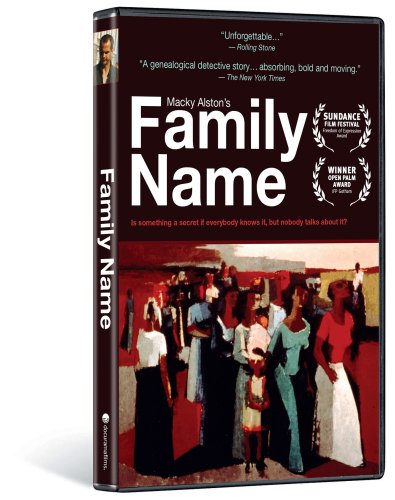
Family Name (DVD) 
A listener tells me this is a must-watch, and I have ordered my copy. This Sundance Film Festival award-winning documentary captures the worlds of genealogy, race relations in the Southern U.S. and a man’s search for his family identity.
Here’s the summary: “What does a name signify, exactly? Growing up in Durham, North Carolina, white filmmaker Macky Alston never questioned why all of the other Alstons at his elementary school were black. Twenty-five years later, Alston decides to unravel this perplexity in the award-winning documentary FAMILY NAME.
Alston’s quest to solve his genealogical mystery takes him from New York to Alabama and then back to North Carolina. He seeks clues at family reunions, graveyards, church services, and, eventually, the original Alston plantations. The people he meets vary markedly in race, age, class and perspective, but they all have two things in common: the family name and a compelling story to tell. The biggest question of this investigation, perhaps, is whether it will provide the Alstons with catharsis or create an even greater sense of division. As the revelations mount, FAMILY NAME unfolds an unforgettable emotional journey that transforms our conceptions of the past.”

Family Tree by Venice (mp3 Song)
(from Spin Art by Venice (CD) ) is a gorgeous musical tribute to family. Some people sing or play it at family reunions, funerals and other family gatherings that are about remembering and celebrating. The musicians are part of the extended Lennon family – not John Lennon but the celebrated Lennon Sisters. There’s a lovely acoustic version of the song The Family Tree
) is a gorgeous musical tribute to family. Some people sing or play it at family reunions, funerals and other family gatherings that are about remembering and celebrating. The musicians are part of the extended Lennon family – not John Lennon but the celebrated Lennon Sisters. There’s a lovely acoustic version of the song The Family Tree you can download, too. The group were guests on the podcast (Episode 39).
you can download, too. The group were guests on the podcast (Episode 39).
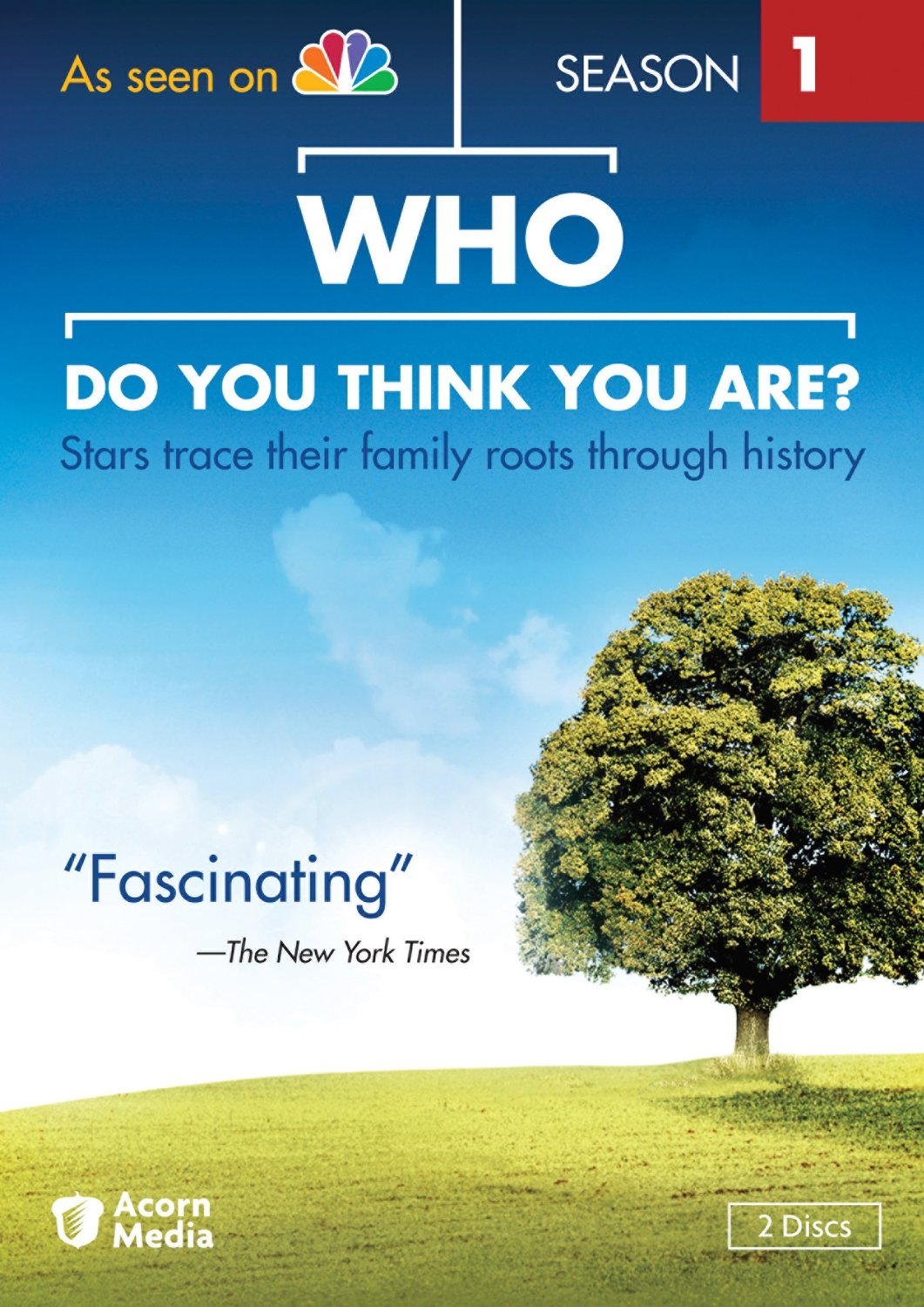 Who Do You Think You Are?: Season One
Who Do You Think You Are?: Season One
and Who Do You Think You Are: Season 2
Relive (or catch what you missed of) the unforgettable first two seasons of WDYTYA? from 2010 and 2011.
Celebs discover dramas in their family histories in front of the camera, adding their own discovery process to the story. Their family stories trace larger themes in American history and culture and lead them to reflect on the events and people that made them who they are.
The Season One lineup features Lisa Kudrow (one of the show’s producers), Sarah Jessica Parker, Matthew Broderick, Brooke Shields, Susan Sarandon, Spike Lee and Emmitt Smith.
In Season 2, you’ll meet Vanessa Williams, Tim McGraw, Rosie O’Donnell, Kim Cattrall, Lionel Richie, Steve Buscemi, Gwyneth Paltrow and Ashley Judd.
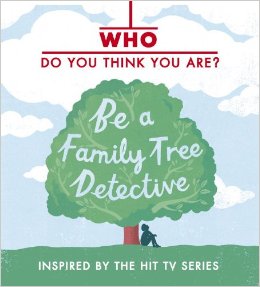
Who Do You Think You Are? Be a Family Tree Detective
by Dan Waddell offers some genealogy sleuthing fun for kids. Inspired by the show, the book helps kids tools, tips, ideas and activities “to investigate, discover, and preserve family secrets and treasures.”
It’s got kid-friendly language and plenty of colorful illustrations make this a great companion for junior genealogists.
by Lisa Cooke | Nov 26, 2013 | 01 What's New, British, Canadian, Family History Podcast, FamilySearch, NARA, Records & databases
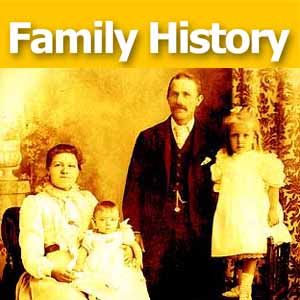 Originally published Fall 2008
Originally published Fall 2008
Republished November 26, 2013
by Lisa Louise Cooke
[display_podcast]
Download the Show Notes for this Episode
Family History: Genealogy Made Easy
Welcome to this step-by-step series for beginning genealogists—and more experienced ones who want to brush up or learn something new. I first ran this series in 2008. So many people have asked about it, I’m bringing it back in weekly segments.
Episode 8: Best Genealogy Websites, Part 2
In a follow up to last week’s episode about subscription genealogy records website, in my first segment our guest is Yvette Arts, Director of Content Partnerships at World Vital Records. She tells us about exciting developments at the website that have helped make it a success.
In our second segment we look at five organizations that provide free online access to genealogy records for those with North American roots: FamilySearch, the National Archives of the United States, Ellis Island Foundation, the National Archives of the United Kingdom, and Library and Archives Canada.
Now for some updates on these sites and MORE since the show first aired:
- FamilySearch.org is still free and growing exponentially. It captures records from all over the world, not just North America and the U.K. It is now home to over 3.5 billion names in searchable databases, with over 35 million new records added every month. In addition, they’ve added over 60,000 digital books to the site. The layout of the website has changed dramatically since I described it in the original show. Click on Search to get to their databases, then enter an ancestor’s name and, if you can, a life event (birth, marriage, residence or death). A significant portion of new online records are browsable but not yet indexed. So now, after you search for individuals in their databases, scroll down to the Browse section below the search fields. There you’ll be able to see what records you can browse for a locale (choose the international region, then you can choose more specific locations). You can still order microfilmed records at the Family History Library to a satellite FamilySearch library near you. From the Search screen, choose Catalog, and you can search for and order available records by location.
- The National Archives (U.S.), also known as the National Archives and Record Administration (NARA) also offers more on its website now. The portal for genealogists looks a little different now but still helps you see how to search and use the site for genealogy. There’s a direct link to the 1940 census, with images, maps and descriptions. Remember that Footnote, the subscription site I mentioned that’s digitizing military records, is now Fold3, which we talked about in Episode 7.
- EllisIsland.org still offers free access to the passenger records of those who landed at Ellis Island. In addition, you can still look at ship information (click on Ships from the home page). The Immigrant Experience and timeline I mention can be found by clicking on the Ellis Island tab.
- The National Archives (U.K.) links from the home page to resources for ordering birth, marriage and death certificates for England and Wales, Scotland and Northern Ireland. Read about updating order information, including costs, at these sites. There is still a portal for genealogists from which you can learn all about the various record groups I mention in the podcast and more.
- Library and Archives Canada continues to add more valuable genealogical data to its site, including census data! Start from its Genealogy and Family History page. In addition to the features I mention in the show, they’ve improved their online indexes: scroll down on the above page and you’ll find the Ancestors Search (Databases) link to a main search engine and individual databases for vital records, censuses, immigration, land, military and several directories.
- Cyndi’s List and U.S. GenWeb are still fantastic online resources, but add to your list these ones as well:
- DeadFred, a photo identifying and sharing site;
- Google, for searching across the Internet for everything from individual ancestor’s names to maps and local histories (especially through Google Books at www.books.google.com);
- The Library of Congress family of websites, including the mega-newspaper site, Chronicling America;
- WorldCat, an enormous card catalog for more than 10,000 libraries worldwide.
- Find a Grave and Billion Graves, home to cemetery inscriptions for millions of tombstones.
- Of course, there are many, many more websites for genealogists, but these will certainly keep you busy to start!

 Premium + NEW EXCLUSIVE BONUS EBOOK!
Premium + NEW EXCLUSIVE BONUS EBOOK! Whether you are subscribing for the first time or want to add an extra year
Whether you are subscribing for the first time or want to add an extra year




 If you’re wondering what the Google Cultural Institute (GCI) is, you’re not alone. It’s a less-heralded but really important part of what Google offers. The GCI is a Google effort launched in 2011 to “make important cultural material available and accessible to everyone and to digitally preserve it to educate and inspire future generations.” (From GCI
If you’re wondering what the Google Cultural Institute (GCI) is, you’re not alone. It’s a less-heralded but really important part of what Google offers. The GCI is a Google effort launched in 2011 to “make important cultural material available and accessible to everyone and to digitally preserve it to educate and inspire future generations.” (From GCI 



 Who Do You Think You Are?: Season One
Who Do You Think You Are?: Season One




